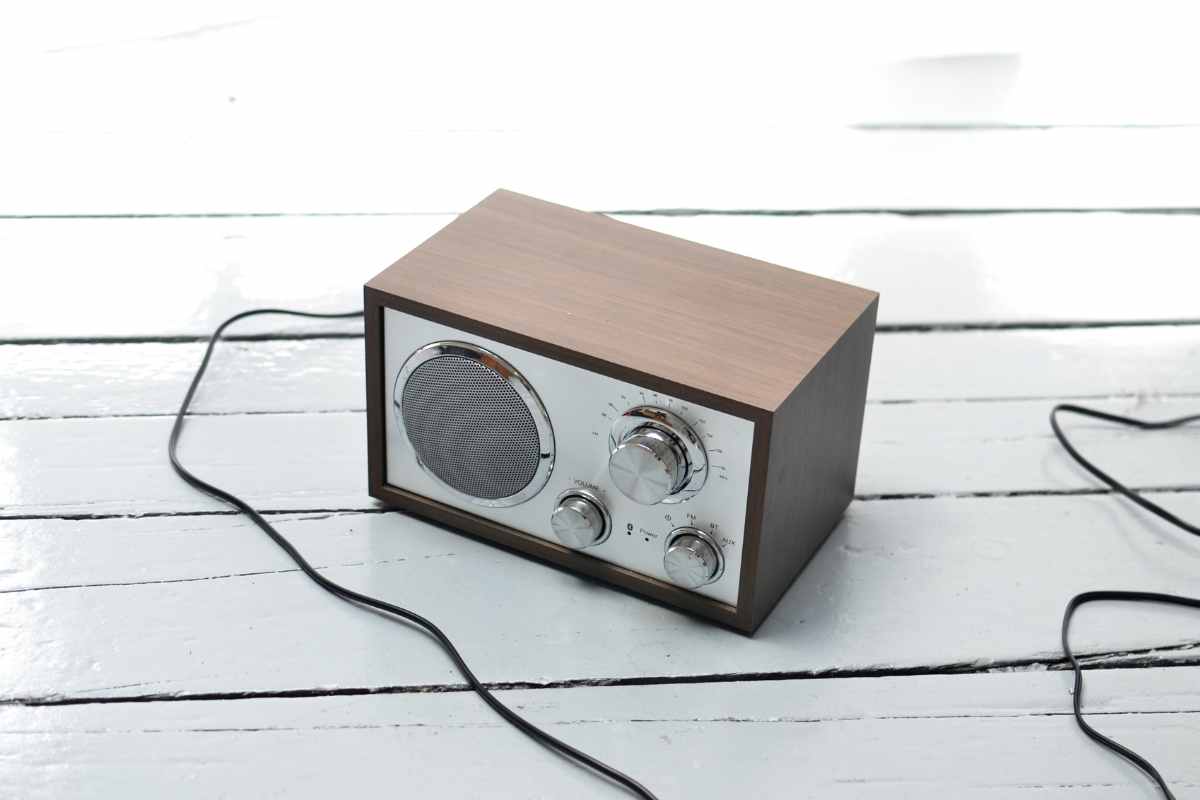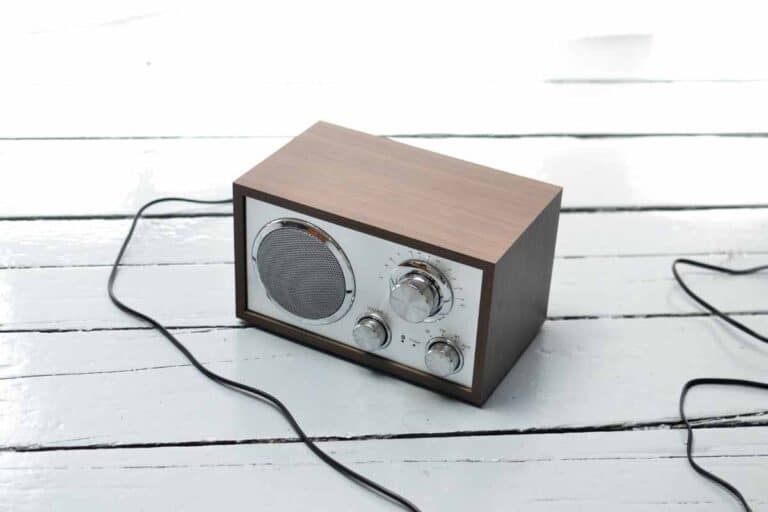Ever since I was a child, I've been fascinated by the radio
The idea of invisible signals floating through the air, carrying music and news from all over the world, captivated me. Over the years, I explored different ways to improve radio reception.
Eventually, I discovered the FM antenna booster, a simple yet effective device that enhances the performance of FM (and AM) radio antennas. In this article, I’ll guide you through the process of making an FM antenna booster work effectively so you too can enjoy crystal-clear radio reception.
Understanding the Basics of an FM Antenna Booster
An FM antenna booster, also known as an FM signal amplifier, is a device that improves the reception of your FM radio by amplifying weak signals. This small device connects to your existing antenna and amplifies the FM signal before it reaches your radio, resulting in a stronger and clearer reception.
It’s important to understand that no booster can create a signal out of nothing. If your location has no signal reception, an antenna booster won’t be able to help. However, if you have weak or moderate signal reception, a booster can make a significant difference in your listening experience.
There are many antenna boosters available on the market, including car antenna boosters, and choosing the right one for your needs can be a daunting task.
Amplified AM/FM Stereo Indoor Antenna
Features
- Omnidirectional Reception Dramatically Improves Reception Of Am/Fm Stations.Power Source Type: Corded Electric
- Air Coil(Tm) Technology Isolates Am & Fm Elements For Increased Radio Reception & Minimized Static & Noise
- Built-In Low-Noise Amplifier Boosts Weak Signals
- Up To 15Db Gain Of Hard-To-Receive Am/Fm Signals
Choosing the correct FM Antenna Booster, here are some factors I consider when selecting an FM antenna booster
Gain:
This is the amount of amplification the booster provides. A higher gain is better, but it’s important not to go overboard, as excessive amplification can cause signal distortion. I chose a booster with a gain of around 20 dB, which provided a good balance between amplification and clarity.
Noise Figure:
This is a measure of the noise the booster adds to the signal. A lower noise figure means less interference and clearer reception. I looked for a booster with a noise figure of 3 dB or lower.
Frequency Range:
Ensure that the booster covers the entire FM band (typically 88-108 MHz).
Power Source:
Some boosters are powered by batteries, while others require a power supply. I opted for a model with a power supply, as it provided more consistent performance and eliminated the need to replace batteries.

Installing an FM Antenna Booster
To get the best results from your FM antenna booster, it must be installed correctly; here are the steps to follow.
Disconnect the existing antenna from the radio
Before connecting the booster, be sure to disconnect the existing antenna from the radio if one is attached.
Connect the booster to the antenna
I attached my antenna to the input port of the booster. Depending on the booster and antenna types, this may involve using adapters with a coaxial cable. Often these parts come with attachments to aid with this.
Connect the booster to the radio
Connect the output port of the booster to the antenna input on the radio using the required cable.
Power the booster
Plug the power supply of the booster into a wall outlet and connect it to the booster’s power input.
Adjust the gain
My booster had an adjustable gain control, allowing me to fine-tune the amplification. I started with a low gain setting and gradually increased it while listening to the radio, stopping when I achieved the desired signal strength and clarity.
Optimizing Antenna Placement
Even with a booster installed antenna placement plays a crucial role in signal reception; here’s how to optimize your FM antenna’s reception:
Test different heights
Placing the antenna higher usually improves signal reception. I experimented with different heights, eventually finding the optimal position for my antenna, and I mounted it there.
Avoid sources of interference
I made sure to keep my antenna away from electronic devices and metal objects that could interfere with the radio signal. Avoid placing the antenna near computers, large metal appliances and LED lighting attached to the mains; mains powered LED lights are well known for electrical interference. If you do get interference, it will be a process of trial and error to locate and avoid the source.
Consider an outdoor antenna
If you have the option, installing an outdoor antenna can significantly improve signal reception.
Conclusion about Fm antenna booster
Using an FM antenna booster work effectively involves choosing the correct booster, properly installing it, and optimizing antenna placement. There are many antenna designs in the market, and some work better than others, be cautious of wild claims of signal amplification performance and understand that if there is no signal getting to your radio, then there is nothing to boost. By following these steps, I significantly improved my radio listening experience, and I hope this guide helps you achieve the same.
Frequently Asked Questions – FAQs
Improving FM antenna reception can be achieved by installing an FM antenna booster, optimizing antenna placement for the best signal, selecting the right equipment, avoiding interference from other electronics, and conducting regular maintenance on the system, including checking connections and cables and monitoring performance.
Yes, FM antenna boosters can work effectively to improve the signal reception of FM radio stations. However, the success of a booster depends on various factors, such as the strength of the radio signal, the quality of the booster, and proper placement and maintenance of the system.
To extend the range of an FM antenna, there are several steps you can take. First, consider installing an FM antenna booster to improve the signal reception.
Second, optimize antenna placement by experimenting with different heights and locations to find the best signal.
Third, use the right equipment, including a high-quality antenna and cables.
Fourth, avoid interference from other electronics, and use a directional antenna or install an outdoor antenna with a clear line of sight to the transmitter.
Lastly, regular maintenance, including checking connections and cables and monitoring performance, can help ensure optimal performance and extend the range of your FM antenna.
When selecting the best antenna for FM radio reception, the type of antenna depends on the location and signal strength of the FM radio station. A dipole antenna, consisting of two rods extending horizontally from a central base, is a common choice and provides good reception for stations within 50 miles.
A directional antenna, such as a Yagi antenna, is ideal for picking up distant FM radio stations and provides greater range and better signal quality. Outdoor antennas with a clear line of sight to the transmitter tend to provide the best reception, but proper placement and maintenance of the antenna system are also crucial for optimal performance.


